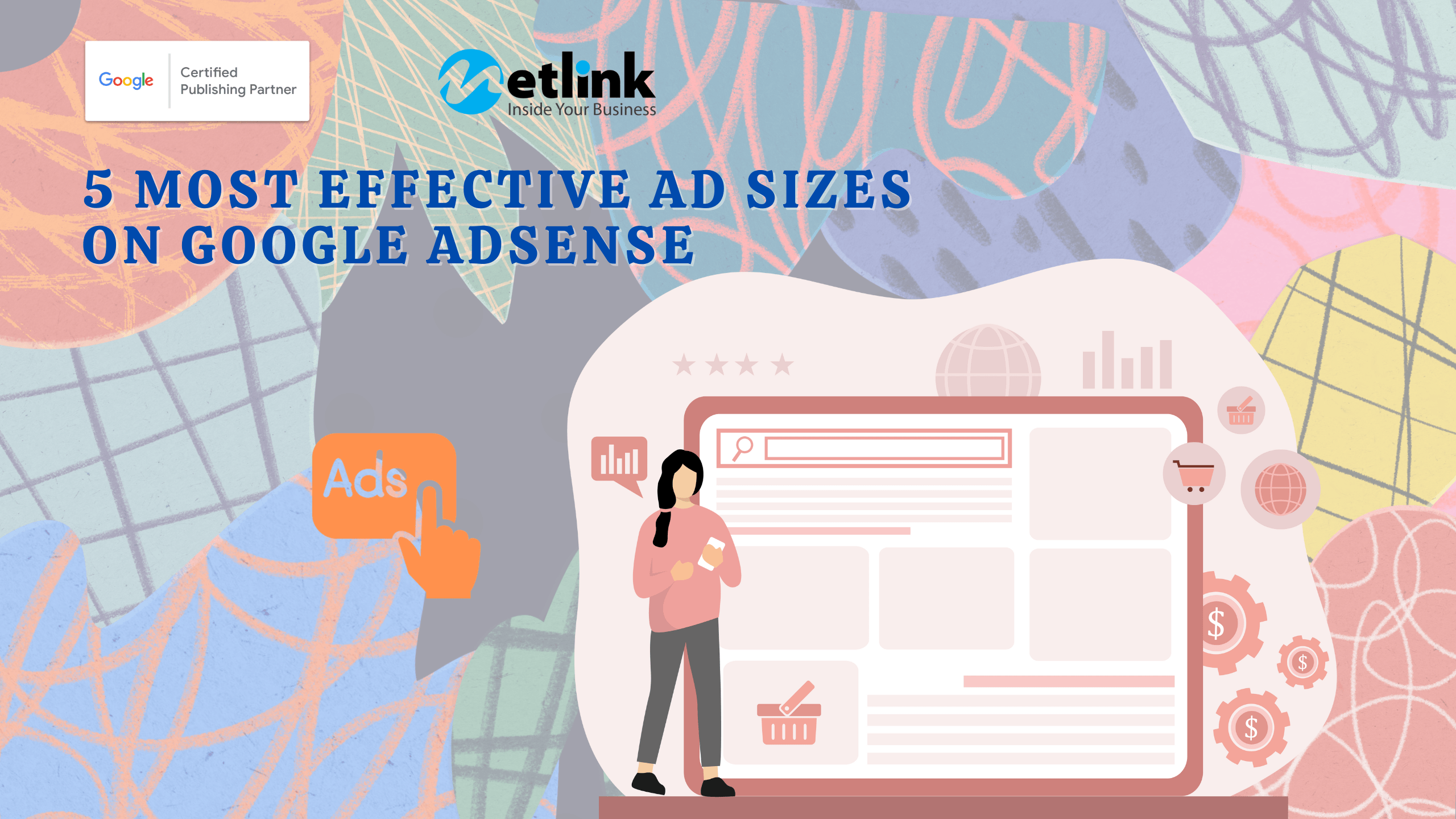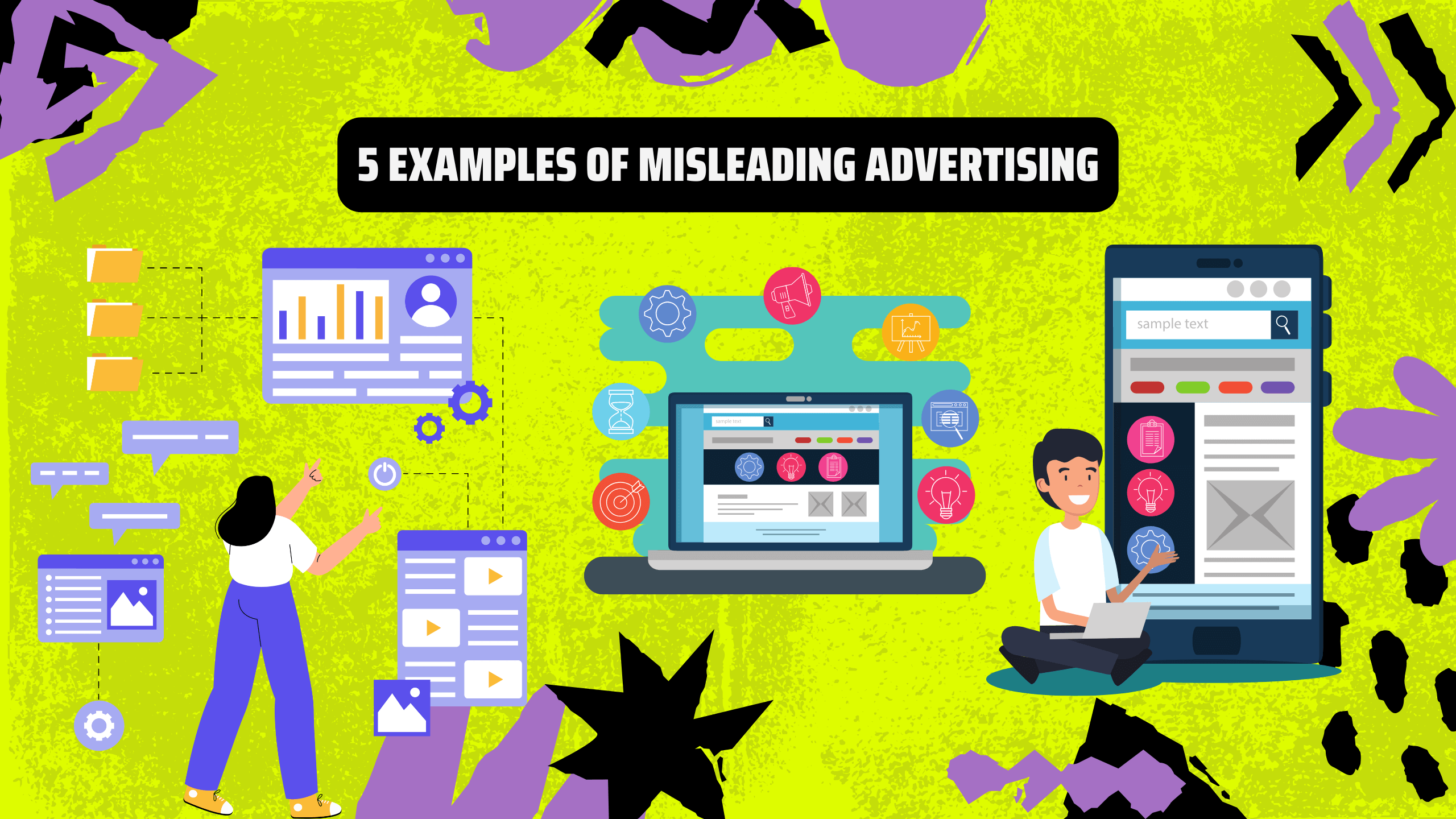In the dynamic world of digital advertising, Google AdSense stands as a beacon for publishers looking to monetize their online content effectively. As Google Publishers, you understand the significance of ad placement and design in generating revenue. Among the myriad factors that influence ad performance, one key aspect is often overlooked: ad size. The dimensions of your ads play a pivotal role in attracting user attention, engagement, and ultimately, revenue.
In this guide, we delve into the world of ad sizes within Google AdSense. By understanding which ad sizes work best for different placements and devices, you can make informed decisions that will significantly impact your ad revenue. So, let’s explore the five most effective ad sizes to maximize your earnings.
1. 336×280 Large Rectangle
The 336×280 large rectangle is a powerhouse when it comes to ad performance. Its size allows for both text and image ads, making it incredibly versatile. Placing this ad in the content or within the text itself can increase user engagement significantly. Users find this size unobtrusive and often engage with it, leading to higher click-through rates (CTR) and ultimately more revenue.
2. 300×250 Medium Rectangle
The 300×250 medium rectangle is another highly effective ad size. Its compact yet visually appealing design makes it a preferred choice for many publishers. This size fits seamlessly within the content, particularly in the middle of articles or at the end of them. Its unobtrusive nature encourages users to interact with the ad without disrupting their browsing experience.
3. 728×90 Leaderboard
The 728×90 leaderboard is designed for placement at the top or bottom of your webpage. This prominent ad size commands user attention, and when strategically placed, it can yield excellent results. Users often view this site as a part of the website’s header or footer, which can lead to higher CTRs and more revenue.

4. 160×600 Wide Skyscraper
The 160×600 wide skyscraper is a vertical banner ad that works well in the sidebar of your website. Its unique dimensions make it stand out from standard horizontal banners, catching the user’s eye. This ad format is particularly effective for websites with a lot of content, as it complements the layout without being intrusive.
5. 970×250 Billboard
The 970×250 billboard is a large and attention-grabbing ad size. While it might seem extensive, it can be strategically placed at the top or bottom of the page to capture user attention without dominating the entire screen. Its size allows for creative, engaging ad content that can lead to higher CTRs and revenue.
Optimizing Ad Sizes: Tips and Considerations
While these five ad sizes have proven to be highly effective, optimizing your ad strategy involves more than just choosing the right dimensions. Here are some additional tips and considerations to maximize your revenue:
Responsiveness: Ensure that your chosen ad sizes are responsive and adapt well to different screen sizes and devices. Responsive design is crucial for maintaining a positive user experience.
A/B Testing: Experiment with different ad sizes and placements to find what works best for your specific audience and content. A/B testing can help you identify the most effective combinations.
Ad Placement: Consider the context of your content and the natural reading flow of your audience. Placing ads where users are more likely to engage with them can significantly impact CTR and revenue.

Blend vs. Contrast: Decide whether you want your ads to blend seamlessly with your content or stand out through contrast. Both approaches can be effective, depending on your website’s design and user preferences.
Ad Load: Be mindful of the number of ads you display on a single page. Overloading your site with ads can lead to a poor user experience and a decline in revenue. Balance is key.
Monitor Performance: Regularly review your ad performance through Google AdSense analytics. This data can provide valuable insights into which ad sizes are working best and which may need adjustments.
Conclusion
In the ever-evolving landscape of digital advertising, optimizing your ad sizes is a strategic move that can significantly impact your revenue as a Google Publisher. By understanding the strengths of different ad dimensions and their suitability for various placements, you can create a more engaging user experience while maximizing your earnings. Remember that there’s no one-size-fits-all solution, so continuous monitoring and experimentation are key to finding the perfect ad size strategy for your website.











